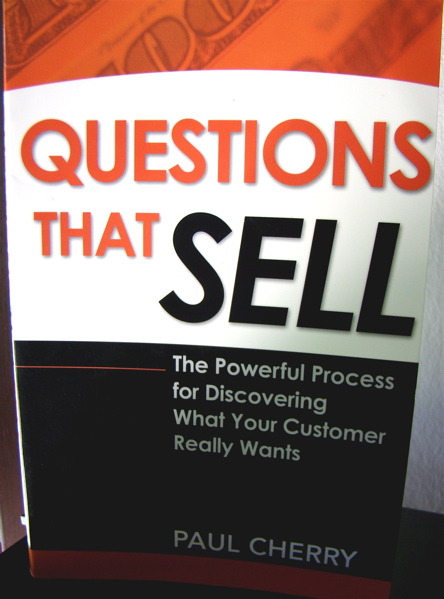How to Take your Start-Up to the Next Level
How to Take your Start-Up to the Next Level from Carsonified on Vimeo.
What is it about?
Aaron Patzer, founder of mint.com, talks about how he got from an idea to $170 million in just three year.
What can I learn?
Don’t be secretive: Aarons first idea was a goal setting software. Instead of building it in stealth mode, he decided to talk to people. Only about one in eighty of these people found this idea appealing, so he discarded it. Later he hasn’t gone secretive. He showed mint’s UI to lots of people and optimized it over time.
Build a prototype: If you are raising money, looking for customers or hiring people, a prototype is real advantage. People can actually see your idea in action, click around and feel the experience. Would you rather listen to a 10 minutes sales pitch or playing around 10 minutes with a new software?
Leverage your success: If you are once in the news, try to stay there. Mint got a pretty clever idea. They gave away free mint mojitos at the Techcrunch 40 and were eventually elected as people’s choice. Then they talked to other journalists if they won’t want to interview the people’s choice winner. And so on.
(via Carsonified)

